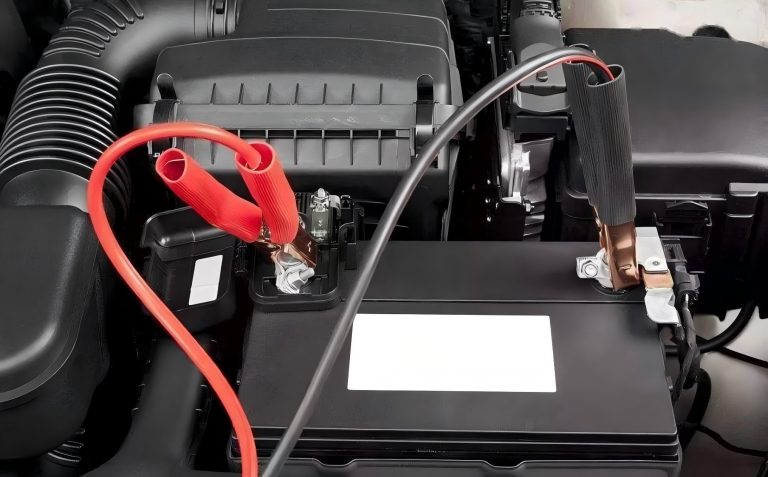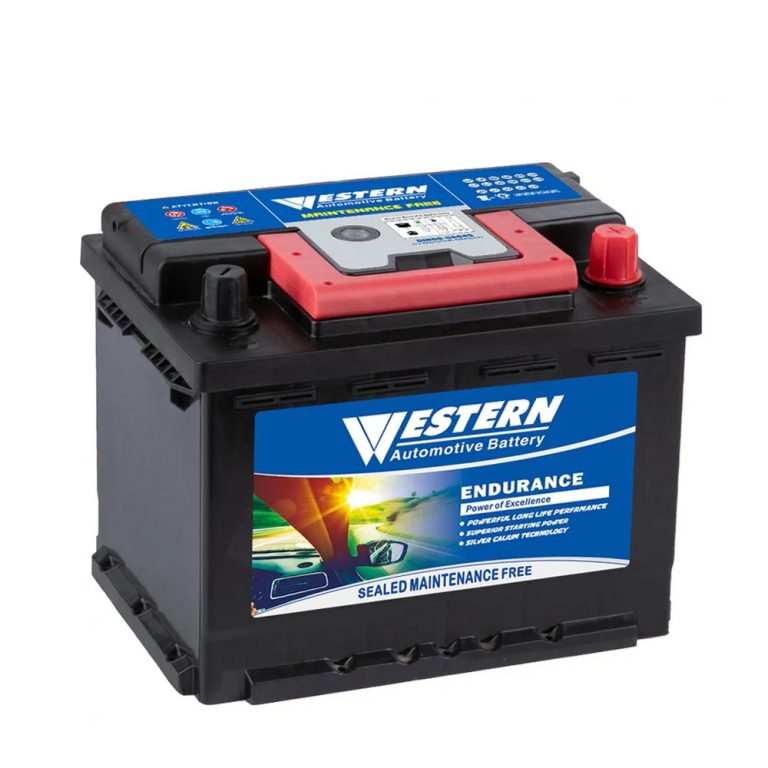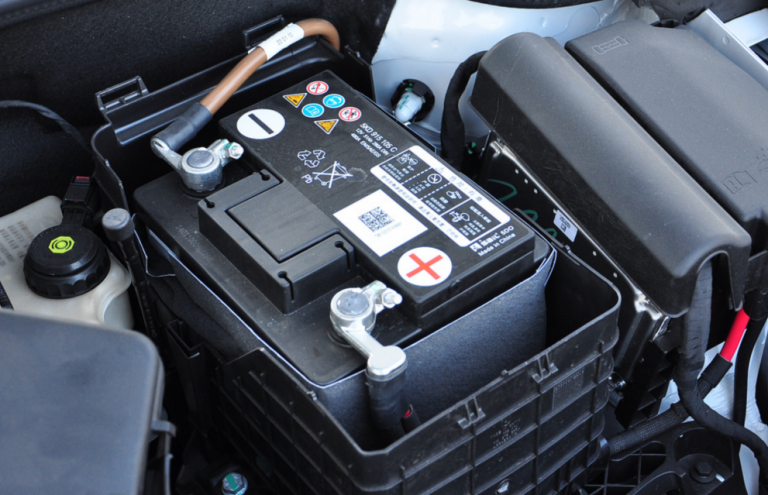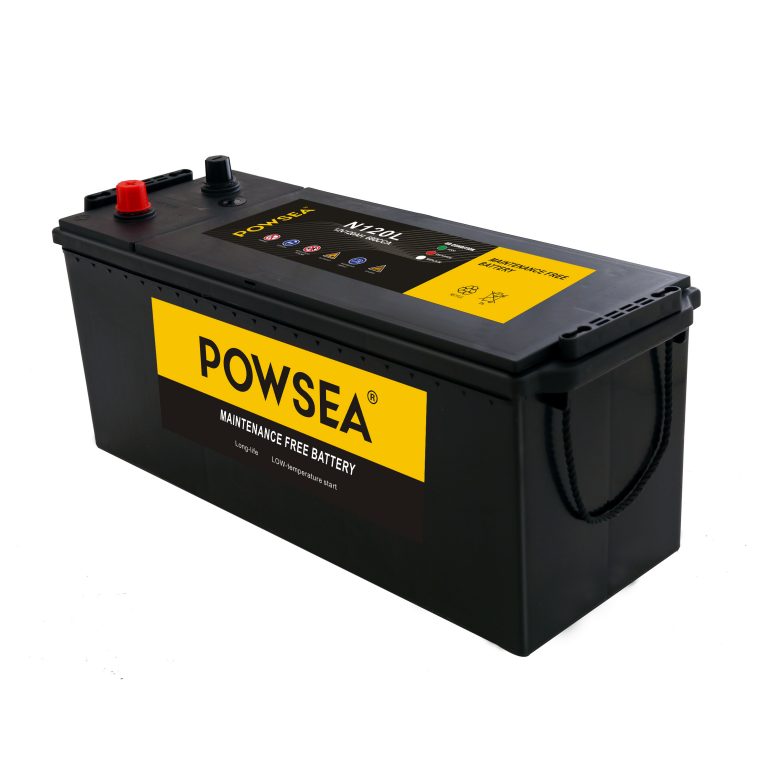AGM vs แบตเตอรี่ตะกั่วกรด: การวิเคราะห์เชิงลึก
AGM vs แบตเตอรี่ตะกั่วกรด. เมื่อเลือกแบตเตอรี่ที่เหมาะสมสำหรับความต้องการของคุณ, ประชุมสามัญผู้ถือหุ้น แบตเตอรี่ and traditional lead-acid batteries are the two most common options. บทความนี้ให้ข้อมูลเชิงลึกเกี่ยวกับการตัดสินใจสำหรับผู้ซื้อโดยการวิเคราะห์ข้อกำหนดทางเทคนิค, สถานการณ์แอปพลิเคชัน, ราคาตลาด, และการพัฒนาในอนาคต, สนับสนุนโดยข้อมูลและกรณีศึกษา.
1. Technical Principles and Core Parameter Comparison
ประชุมสามัญผู้ถือหุ้น (เสื่อแก้วดูดซับ) batteries utilize fiberglass mat separators to absorb the electrolyte, enhancing energy conversion efficiency and storage safety. In contrast, traditional lead-acid batteries use liquid electrolytes, requiring periodic maintenance and refilling.
Comparison of Key Parameters
| พารามิเตอร์ | AGM Battery | Traditional Lead-Acid Battery |
|---|---|---|
| ความหนาแน่นของพลังงาน | 50-80 Wh/kg | 30-50 Wh/kg |
| Cycle Life | 300-500 cycles (deep discharge) | 200-300 cycles (shallow discharge) |
| Self-Discharge Rate | 1-3% per month | 5-10% per month |
| Low-Temperature Performance | Starts at -40°C (30% higher starting current) | Performance declines sharply below -20°C |
| Maintenance Requirements | ไม่ต้องบำรุงรักษา | Requires periodic electrolyte checks |
Real-World Comparison
- A car owner reported that in -30°C conditions, an AGM battery (เช่น, Bosch S5) delivered a starting current of 800A, whereas a conventional lead-acid battery (เช่น, Varta Blue) only provided 500A, increasing the starting success rate by 60%.
- In solar energy storage systems, AGM batteries maintained 80% capacity after 500 cycles, whereas conventional lead-acid batteries degraded to 60% after just 300 cycles.
2. Application Scenarios
AGM Battery Applications
- High-End Vehicles: Ideal for cars with start-stop systems (เช่น, BMW, Audi) requiring frequent charge and discharge cycles.
- Solar Energy Storage: Suitable for off-grid photovoltaic systems with deep discharge requirements.
- Medical Equipment: Maintenance-free and low leakage risk, making it suitable for UPS backup power supplies.
Traditional Lead-Acid Battery Applications
- Economy Cars: Suitable for standard vehicles without start-stop systems (เช่น, Toyota Corolla).
- Electric Tricycles: Cost-sensitive applications with shallow discharge needs.
- Industrial Backup Power: Commonly used in UPS systems for data centers.
3. Market Pricing and Cost Analysis
| พิมพ์ | Price (12V 60Ah) | Total Lifecycle Cost (10 ปี) |
|---|---|---|
| AGM Battery | ¥800-1500 | Low (ไม่ต้องบำรุงรักษา + long lifespan) |
| Traditional Lead-Acid Battery | ¥400-800 | High (requires replacement 2-3 times) |
ตัวอย่าง
- A user configured an AGM battery storage system for their Tesla Powerwall with an initial investment of ¥12,000, which required no replacement for 10 ปี. Using lead-acid batteries instead would require three replacements, costing ¥15,000 in total.
- A taxi driver using an AGM battery (เช่น, Varta AGM) saved ¥3,000 per year in fuel costs due to improved start-stop efficiency, recovering the price difference within two years.
4. Market Trends and Future Prospects
AGM Battery
- Growth Drivers: The global penetration rate of start-stop systems is expected to increase from 35% ใน 2023 to 70% by 2030 (Strategy Analytics forecast).
- Challenges: The falling cost of lithium batteries (เช่น, lithium iron phosphate) may squeeze AGM’s share in the high-end storage market.
แบตเตอรี่ตะกั่วกรด
- Declining Demand: Europe plans to ban the sale of fuel-powered vehicles by 2035, reducing the need for traditional lead-acid batteries.
- Remaining Markets: Developing countries still rely on lead-acid batteries for affordable electric vehicles and backup power (เช่น, India’s lead-acid battery market grows by 5% annually).
Market Data
- The global AGM battery market was valued at $12 billion in 2023 and is expected to reach $21 billion by 2030 (CAGR 8.3%).
- The lead-acid battery market was worth $45 billion in 2023 but is growing at only 1.5% annually.
5. คำถามที่พบบ่อย
Q1: Does my regular car need an AGM battery?
คำตอบ: If your vehicle lacks a start-stop system and you have a limited budget, a lead-acid battery is more cost-effective. ตัวอย่างเช่น, replacing a lead-acid battery in a Honda Civic costs ¥500, whereas an AGM battery costs ¥1,000, offering little added value for such cars.
Q2: Do AGM batteries suffer in high-temperature areas?
คำตอบ: AGM batteries have a broader operating temperature range (-40° C ถึง 60 ° C) than lead-acid ones, but prolonged exposure to temperatures above 70°C can shorten their lifespan. ตัวอย่างเช่น, users in the Middle East report that AGM batteries (เช่น, Optima RedTop) last up to four years in desert conditions.
Q3: Will lead-acid batteries be phased out?
คำตอบ: Not in the short term. Lead-acid batteries offer advantages in cost and recyclability (98% of lead content can be recycled). อย่างไรก็ตาม, AGM and lithium batteries are gradually replacing them in high-end applications.
6. Conclusion and Buying Recommendations
- Choose AGM: Best for start-stop vehicles, deep-cycle energy storage, or extreme environments.
- Choose Lead-Acid: Suitable for budget-conscious buyers, backup power applications, or short-term use.
Final Decision Formula:
Choose AGM = (Start-Stop System + Low-Temperature Need + Long-Term Value) > (Initial Cost + Low Charge-Discharge Frequency)


















